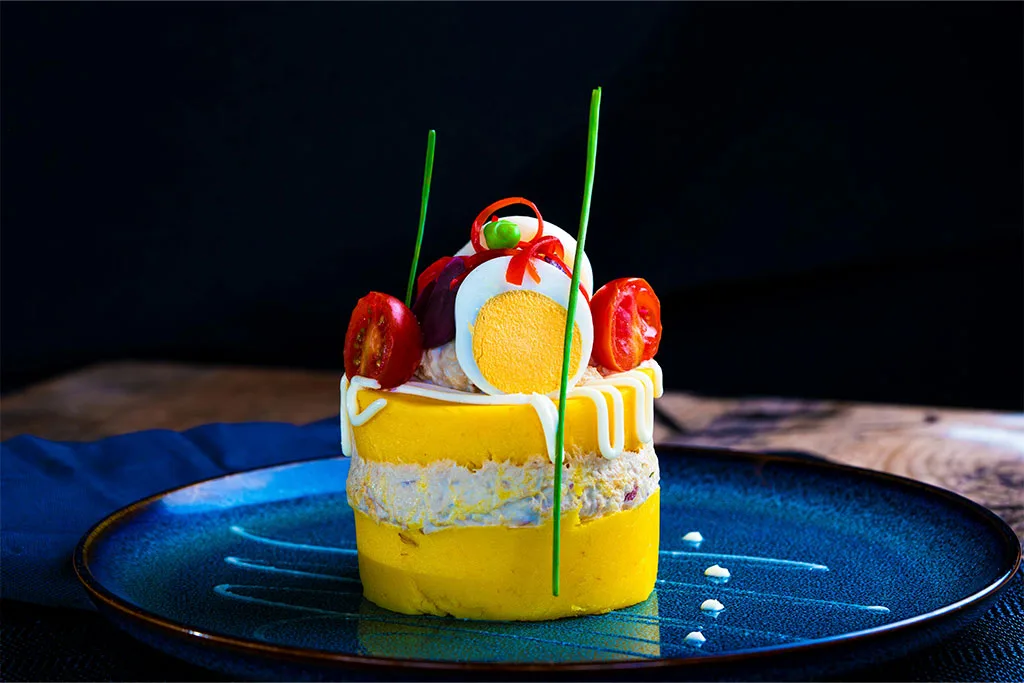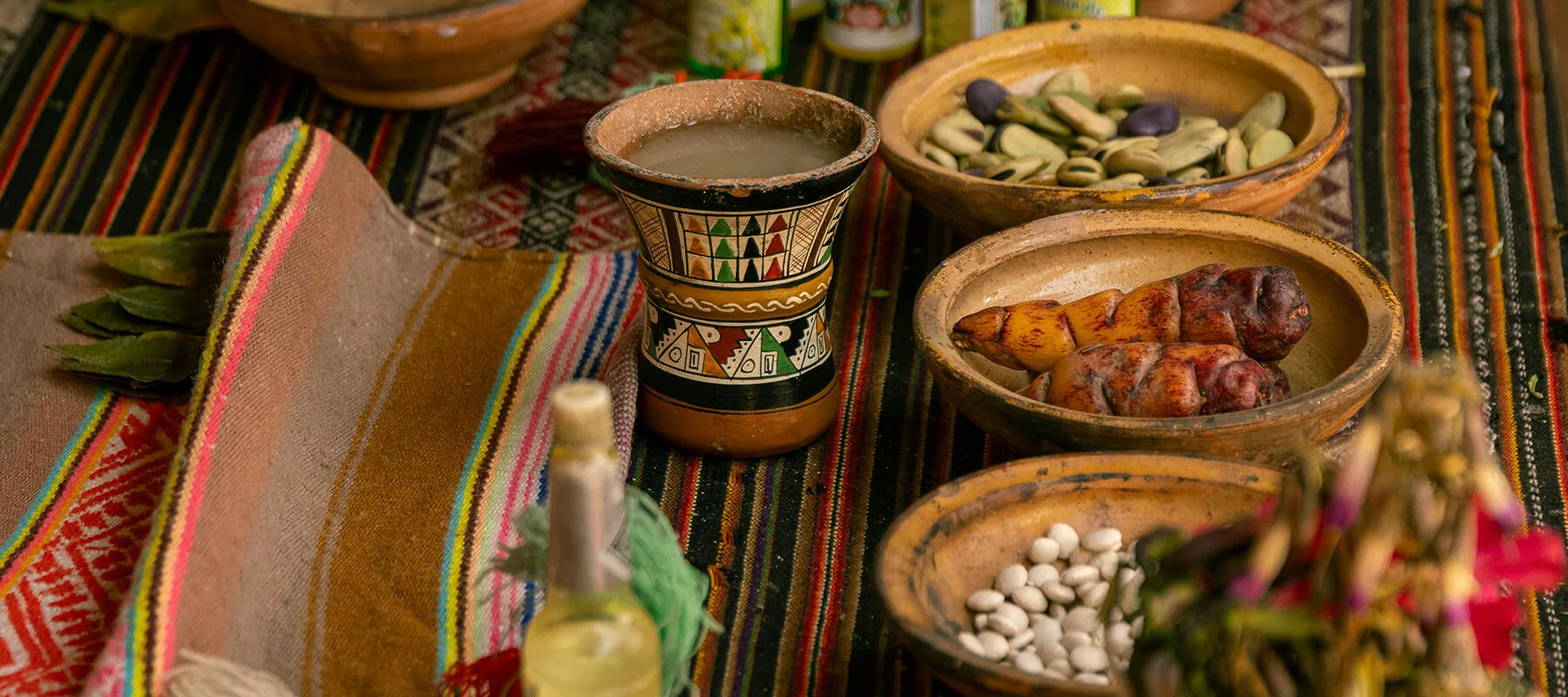Travelers, listen up.
I know this title might get me in trouble, but I’d rather be honest with you than just say what you want to hear: if you’re coming to Cusco expecting to taste the best of Peruvian cuisine, you might be in for a surprise and not always a good one.
Now, this isn’t a criticism of Cusco. I love this city. Its atmosphere is magical, the people are kind, and the history lives in every street. But when it comes to food the real flavor of Peru that has made headlines around the world you usually won’t find it here. That taste mostly lives elsewhere, especially on the coast.
Podcast: Cusco’s Food Is Different
Geography and Culture: The Hidden Ingredients
Peru is a land of contrast. With 38 different climate zones and a unique mix of coast, mountains, and jungle, the ingredients change dramatically across the regions. So does the flavor.
The coast has fertile valleys and fresh seafood; the mountains are home to potatoes, grains, and ancient techniques; and the jungle bursts with cacao, coffee, and exotic fruits. On the coast, cultures mixed through history African, Chinese, Japanese, Spanish and created bold, spicy, layered flavors. That’s the food that made Peru famous.

Why Cusco’s Cuisine Feels Different
It’s not about lack of effort it’s about location, access, and tradition.
1. High Altitude, Limited Ingredients
At over 3,300 meters above sea level, Cusco isn’t exactly ideal for transporting fresh fish or tropical fruit. Sure, some upscale restaurants might offer you a decent ceviche, but it’ll cost you and freshness just isn’t the same as it is in Lima or Trujillo.
Even bananas, papaya, or cacao are hard to come by here. Everything has to be shipped up the mountains, which drives up prices and compromises flavor.
2. A Different Local Taste
Cusco’s traditional dishes are adapted to the highlands: hearty, less spicy, more earthy. Think potatoes, corn, quinoa, alpaca. That’s not a bad thing it’s just different.
If you’re used to the punchy spices of the coast, you might find Cusco food a bit under-seasoned. Locals simply don’t use a lot of chili or bold herbs.
3. The Tourist Effect
Cusco is Peru’s top tourist destination, and the food scene reflects that. Many restaurants adapt their menus to international tastes, softening spices and simplifying dishes.
The result? Less authenticity, higher prices, and often, a missed opportunity to discover the real Cusco.

4. The Struggle to Highlight Local Gastronomy
When Peruvians from the coast or jungle visit Cusco and venture beyond the touristy areas they’re often surprised, and not in a good way. There are cevicherías everywhere, and most of them fall short of expectations. It’s tough to find authentic Cusqueñan food quickly. Instead, local restaurants tend to serve the same dishes you’d find on the coast: lomo saltado, chicken broth, chaufa, seco de cabrito. But these versions are often lacking the right seasonings, spices, and techniques, leaving coastal visitors disappointed.
It’s common for tourists to ask, “Where can I eat choclo with cheese, potatoes, egg, and those delicious sauces?” Others are looking for quinoa soups or mushroom kapchi but they’re surprisingly hard to find.
If you’re in the historic center, you might find some of these at the famous San Pedro Market, but only before midday. And to be honest, hygiene standards there are… inconsistent. Until recently, not every food stall had potable water, and there have been issues with rats and other health concerns, which have caused stomach trouble for many visitors, locals and foreigners alike.
Rather than imitating coastal or jungle flavors, Cusco should focus on celebrating its culinary heritage. Dishes like chiriuchu, huatia, or moraya soup are culturally rich and completely unique even if they don’t yet represent the full range of Peru’s world-famous cuisine.
5. A Lack of Culinary Exchange
While Cusco is a cultural hub for tourists, it hasn’t become one for Peru’s broader gastronomy. Cities like Lima, as political and economic centers, attract large-scale internal migration, enriching their cuisine with flavors from the coast, highlands, and jungle. Cusco, by contrast, has remained more rooted in its own traditions, which limits exposure to other regional flavors and styles.
So what can be done?
Let’s be realistic: Cusco probably won’t ever offer ceviche as fresh as Lima’s or a rocoto relleno as intense as Arequipa’s. But that doesn’t mean it can’t offer something just as memorable:
- Promote gastronomic fusion: Local chefs can experiment by blending Andean techniques with coastal or jungle ingredients to create something new and exciting.
- Improve the supply chain: Better systems for transporting and storing fresh ingredients would expand local menus.
- Educate visitors: Telling the story behind Cusco’s food its history, techniques, and meaning could shift how people perceive the cuisine.

The Frustration for Peruvian Tourists
If you’re from the coast or jungle and come to Cusco hoping to find local dishes or classic flavors, you might be disappointed. Many places serve versions of coastal classics like lomo saltado or chaufa, but they just don’t taste the same the seasoning, the ingredients, the soul isn’t quite there.
And if you try to find something really local, like a quinoa soup or a chiriuchu, it’s not easy either. Sure, the San Pedro market might offer some of these, but it closes by midday and, truth be told, hygiene can be questionable. (Let’s just say a few stomach issues later, I speak from experience).
So What Should Cusco Do?
Cusco shouldn’t try to be Lima or Arequipa. It shouldn’t imitate the coast or the jungle. It should embrace what it has unique Andean heritage, earthy ingredients, and centuries-old techniques. And it should invite others to experience that with context.
The dishes like chiriuchu, moraya soup, or huatia have deep cultural value. They may not be global hits yet, but with the right storytelling, they could be.

A Bigger Journey for the Taste of Peru
If you want to experience Peru’s full culinary power:
- Start in Lima: for ceviche, ají de gallina, lomo saltado.
- Go to Arequipa: for chupe de camarones, rocoto relleno.
- Visit Chiclayo or Trujillo: for arroz con pato, causa ferreñafana.
- Head to the jungle: for inchicapi, juanes, and patarashca.
Then, come to Cusco not just for food, but for spirit.
Talk to the vendors. Try the choclo with cheese, or the oven-roasted cuy. Taste the history. Ask about the traditions. The flavor may not explode on your tongue, but it might stay in your memory.
In the End, Taste Is Personal
There will always be arguments. Some say Cusco’s food lacks spice, others say it doesn’t need it. Some want the bold flavors of the coast, others crave the clean, ancestral comfort of the Andes.
Maybe both are right.
Try both. Decide for yourself.
And wherever you go in Peru, remember: every plate tells a story.
You just have to listen.
Buen provecho.

